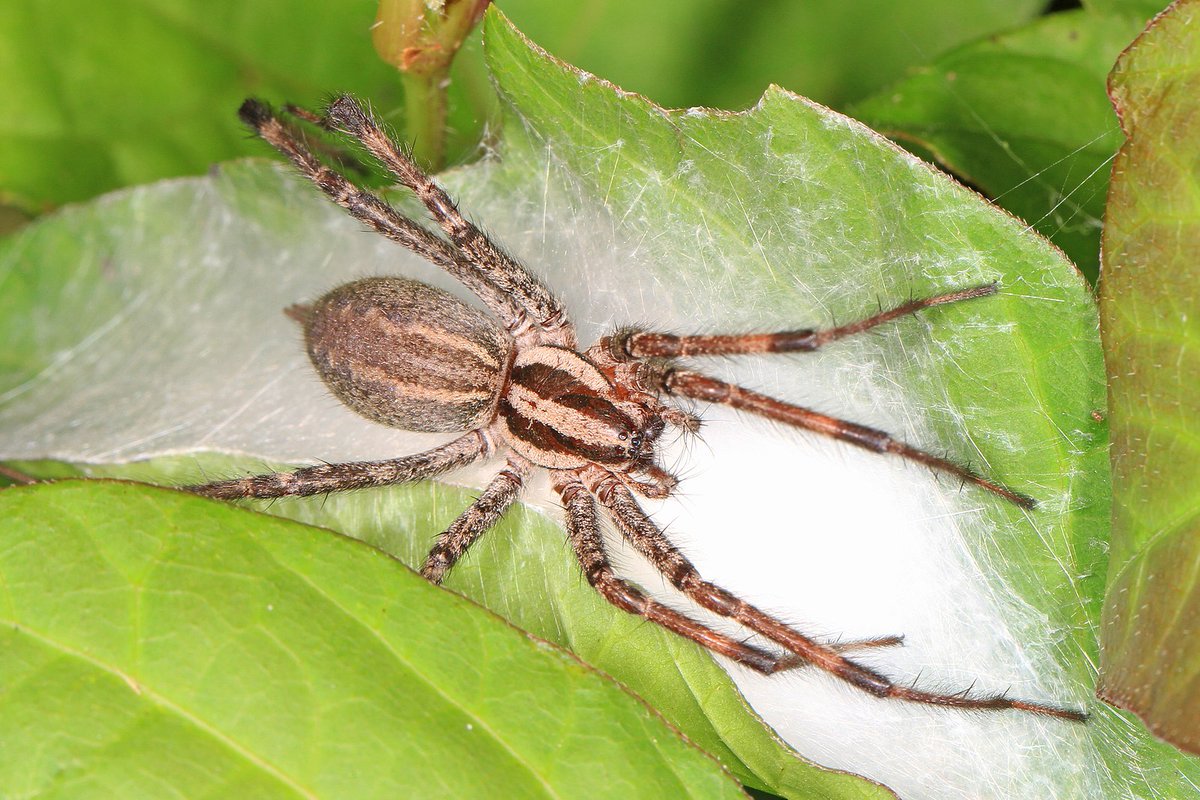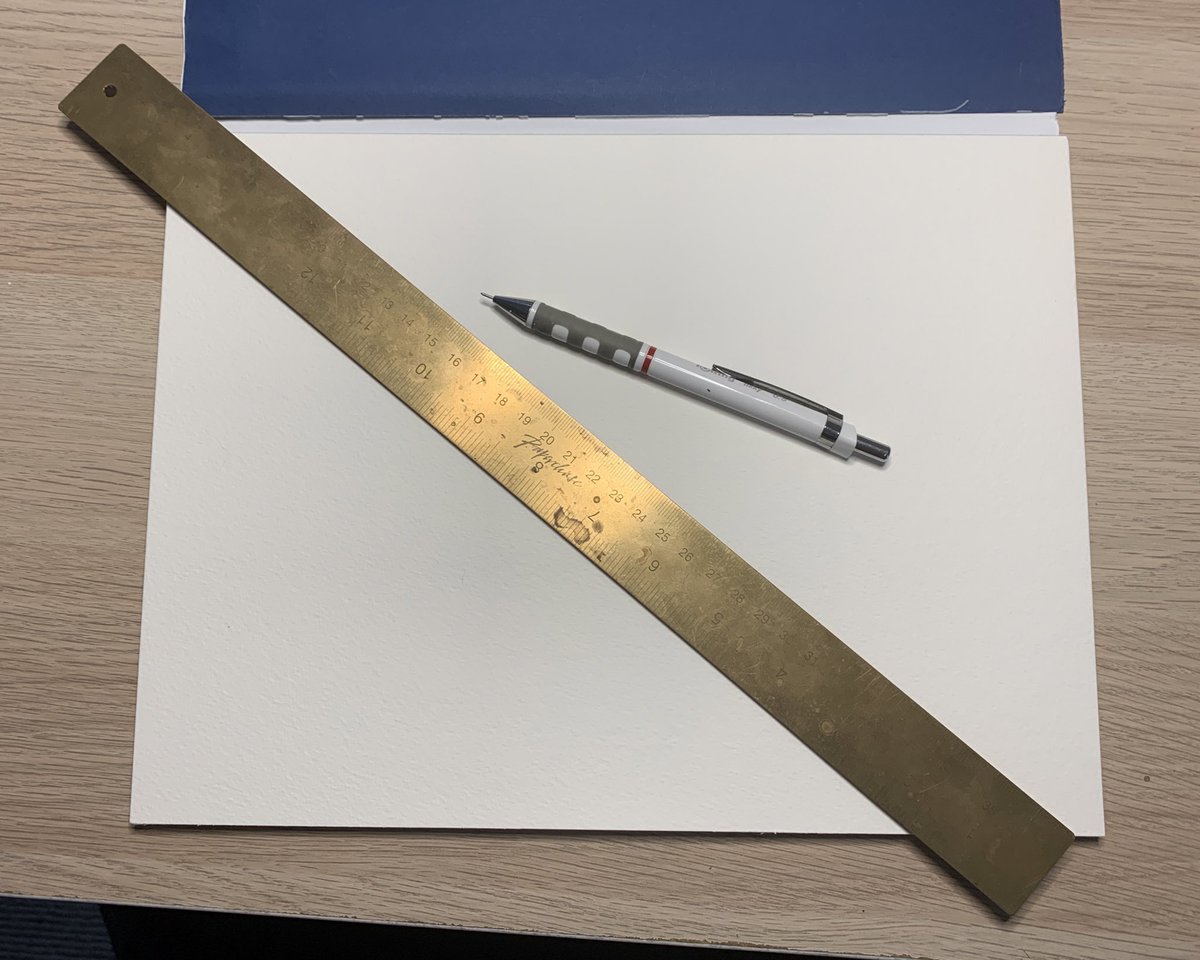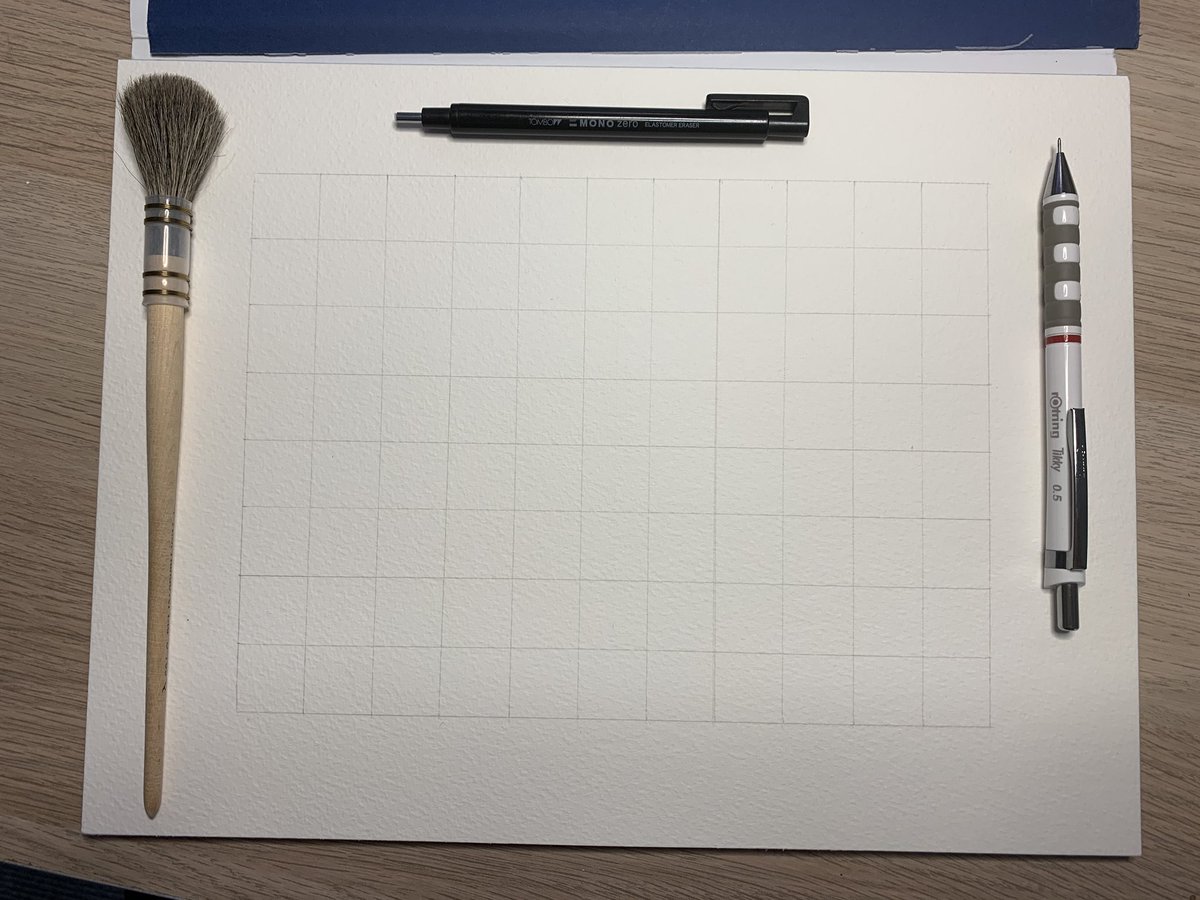
Kicking off #ScienteaficABC, taking it from the top with Actinopodidae! This is a family of mygalomorph spiders (an infraorder of heavy bodied spiders with downward facing chelicerae), comprising just 3 genera- Actinopus, Missulena & Plesiolena. (All images: Wikimedia Commons). 

Actinopodidae can be found in Australia and Central & South America. They are considered medically significant, which means their venom is potentially dangerous. Overall, they are heavy set, impressive looking spiders, usually with a stocky legs, large chelicerae & fangs.
Perhaps most recognisable of this family are Missulena spp. The mouse spiders! Found mostly in Australia, 1 of the 18 species is found in Chile. This is a male M. occatoria native to S. Australia. Females do not exhibit the bright red that the males do & tend to be heavier set. 

Mouse spiders are known to possess potent venom, but bites aren't usually severe enough to require antivenom. This is mostly due to the fact that they are not so quick to bite & if they do, they often deliver a dry bite rather than use venom in defence. (Pic: female M. bradleyi) 

Another genus in the family is Actinopus. The Greek derived word Actinopus means 'ray/beam foot'. Many of the 49 species in this genus exhibit iridescence on their tarsal/metatarsal leg segments. This image shows an adult male Actinopus sp. from South America. 

Obviously there's a lot more to be said about these spiders, but if I give much more than a brief overview of the families, I will be on Twitter for the rest of my life. So there you have it. The first of my #ScienteaficABC that I really hope I can keep up, haha!
Again, all images I use that I have not taken myself or been given permission to use by the original creator are licensed for Creative Commons use. The images above are all from Wikimedia Commons & all efforts will be made to ensure no images are used without license to do so.
Image links: commons.wikimedia.org/wiki/File:Male…
commons.wikimedia.org/wiki/File:Male…
commons.wikimedia.org/wiki/File:Male…
commons.wikimedia.org/wiki/File:Myga…
commons.wikimedia.org/wiki/File:Male…
commons.wikimedia.org/wiki/File:Male…
commons.wikimedia.org/wiki/File:Myga…
@threadreaderapp unroll
• • •
Missing some Tweet in this thread? You can try to
force a refresh
















